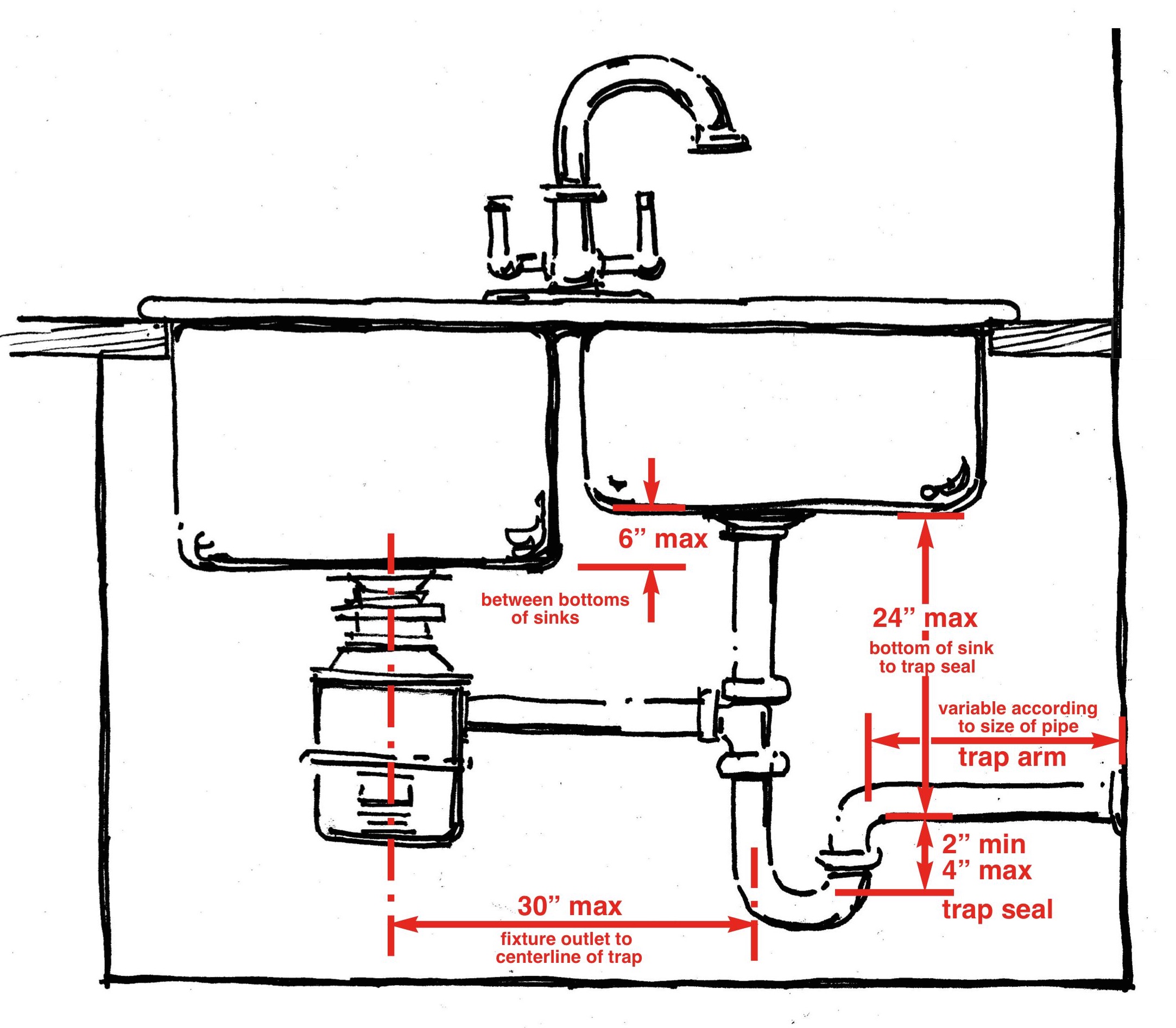Bathroom Sink Drain Height Standards

Bathroom sink drain height from floor – The height of a bathroom sink drain from the floor is crucial for both functionality and comfort. Standard height ranges are established to ensure optimal usability for most users, while specific factors such as user height and sink size also influence the ideal height.
The optimal bathroom sink drain height from the floor ensures effortless water flow and prevents clogging. For a modern touch, consider a modern double sink bathroom vanity that complements the drain height, offering ample space and a sleek aesthetic. However, the drain height remains crucial, as it impacts both functionality and aesthetics, ensuring a comfortable and efficient bathroom experience.
Factors Determining Optimal Height, Bathroom sink drain height from floor
The following factors play a significant role in determining the optimal height of a bathroom sink drain from the floor:
- User Height: Taller users may prefer a higher drain height to avoid bending excessively, while shorter users may benefit from a lower drain height for ease of access.
- Sink Size: Larger sinks require a higher drain height to accommodate the increased water volume and prevent splashing, while smaller sinks can have a lower drain height.
Types of Bathroom Sink Drains: Bathroom Sink Drain Height From Floor

Bathroom sink drains are an essential part of any bathroom, allowing water to flow out of the sink and into the plumbing system. There are several different types of bathroom sink drains available, each with its own advantages and disadvantages.
The most common type of bathroom sink drain is the pop-up drain. Pop-up drains are opened and closed by pressing on a small button or lever on the top of the drain. They are relatively easy to install and maintain, and they come in a variety of styles to match any bathroom décor.
Another type of bathroom sink drain is the lift-and-turn drain. Lift-and-turn drains are opened and closed by lifting the drain stopper up and turning it to the side. They are more durable than pop-up drains, but they can be more difficult to install and maintain.
Toe-tap drains are a third type of bathroom sink drain. Toe-tap drains are opened and closed by pressing on a pedal with your toe. They are very easy to use, but they can be more expensive than other types of drains.
Advantages and Disadvantages of Different Types of Bathroom Sink Drains
- Pop-up drains are easy to install and maintain, and they come in a variety of styles.
- Lift-and-turn drains are more durable than pop-up drains, but they can be more difficult to install and maintain.
- Toe-tap drains are very easy to use, but they can be more expensive than other types of drains.
Installation Considerations for Bathroom Sink Drains

Installing a bathroom sink drain is a relatively simple task that can be completed in a few hours. However, there are a few things you need to know before you get started.
First, you need to gather the necessary tools and materials. These include:
- Adjustable wrench
- Pliers
- Screwdriver
- Putty knife
- Caulk gun
- Caulk
- Plumber’s putty
- New drain assembly
Once you have all of your tools and materials, you can begin the installation process.
The most common type of bathroom sink drain is a pop-up drain. To install a pop-up drain, follow these steps:
- Remove the old drain assembly.
- Clean the drain hole and apply a bead of plumber’s putty around the edge of the hole.
- Insert the new drain assembly into the hole and tighten the locknut.
- Attach the pop-up stopper to the drain assembly.
- Test the drain to make sure it is working properly.
If you encounter any problems during the installation process, there are a few things you can do to troubleshoot the issue.
- If the drain is leaking, check to make sure that the locknut is tight and that the plumber’s putty is properly applied.
- If the pop-up stopper is not working properly, check to make sure that it is properly attached to the drain assembly.
- If the drain is clogged, you can try to unclog it with a drain snake or a chemical drain cleaner.
As you consider the height of your bathroom sink drain from the floor, you may want to consider the type of sink you choose. For a more modern and minimalist look, a single hole bathroom sink can be a great option.
These sinks feature a single hole for the faucet, which can help to create a clean and uncluttered look. Additionally, single hole bathroom sinks can be easier to clean and maintain than sinks with multiple holes.